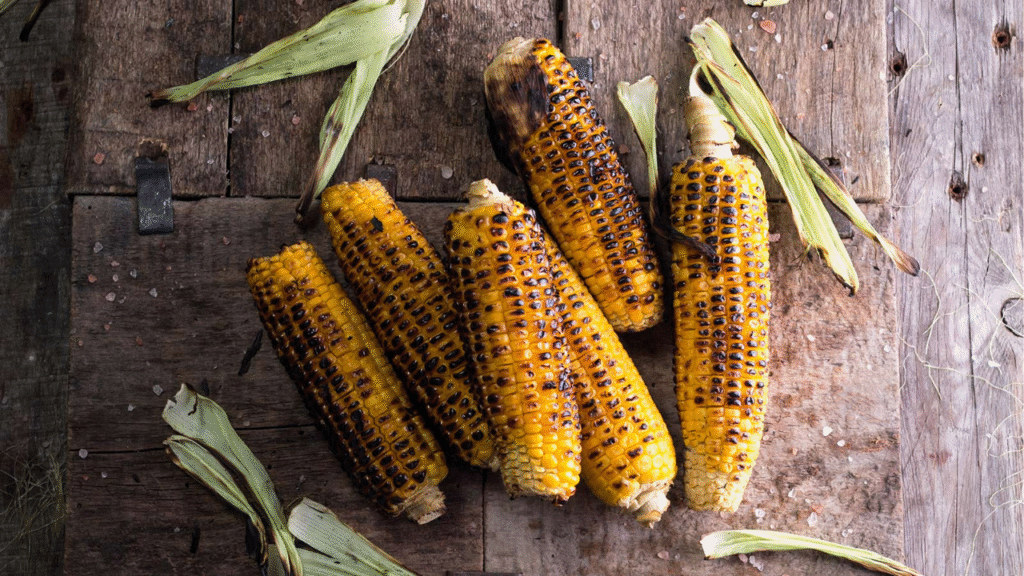As soon as the rains start tapping on our windows, a familiar craving takes over — roasted bhutta on a smoky roadside grill, corn pakoras sizzling in hot oil, or a cozy bowl of buttery popcorn while watching the downpour from the balcony. Yes, craving corn this monsoon is practically a seasonal ritual in India. But while the flavor may be irresistible, is corn really as harmless as it feels?
Nutritionists say the answer is more layered than you might think.
The Golden Goodness of Corn
Corn isn’t just delicious — it also packs a surprising punch of nutrition. Rich in fiber, vitamin C, folate, magnesium, and B vitamins, corn is great for supporting digestion, boosting immunity, and enhancing energy levels. Its antioxidants, like lutein and zeaxanthin, are even linked to better eye health, an often-overlooked benefit.
Corn is also incredibly versatile — from soups and salads to grilled snacks and mixed pulaos, it blends effortlessly into diverse cuisines.
Check Out: Think Diet and Exercise Are Enough? Discover the Overlooked Key to Lasting Health
But It’s Not All Good News
Despite its nutrient content, corn isn’t the perfect vegetable. It sits higher on the carbohydrate scale — one cob can contain 15–20 grams of carbs. With a glycemic index of 55, that’s something to watch if you have diabetes or are trying to manage blood sugar levels.
Nutrition experts emphasize moderation. The advice isn’t to avoid corn entirely — rather, pair it with low-carb options like leafy greens or lean proteins. The right combination can help blunt any sugar spikes while still letting you enjoy the seasonal comfort of this golden grain.
Check Out: Protein-Packed Indian Veg Diet: What to Eat and How to Include It
Not All Corn is Created Equal
There’s a big difference between natural corn and its processed cousins. Cornflakes, corn syrup, and packaged snacks often strip away the natural nutrients and load up on sugars, sodium, or unhealthy fats. These ultra-processed forms may look familiar in your pantry, but they come with health drawbacks.
For the most benefit, choose whole or minimally processed corn. Whether it’s steamed, roasted, or sautéed — sticking to the original form helps retain both taste and nutrition.
Check Out: Most Indians Still Skip Sunglasses—Here’s Why That’s a Big Problem in a Country This Sunny
Should You Still Snack on Bhutta or Popcorn?
Absolutely — but be smart about it. A grilled cob with a sprinkle of lemon and masala is a much better choice than deep-fried corn nuggets or sugary cereals. Plain air-popped popcorn, without excess butter or salt, is also a fiber-rich snack that can be surprisingly healthy.
Nutritionists recommend combining corn with other nutrient-dense foods. Add sautéed veggies, mix it into soups, or serve it as a side dish with lentils or grilled meats. Balance is the secret ingredient.
Craving corn this monsoon is natural, nostalgic, and delicious. But as with every seasonal delight, it pays to be informed. Choose wisely, enjoy in moderation, and be mindful of what form your corn comes in. When paired with a balanced diet, this golden grain can light up your monsoon plate — and your mood — guilt-free.
Explore More Food and Wellness Blogs:
👉 https://indian.community/category/indian-food/

